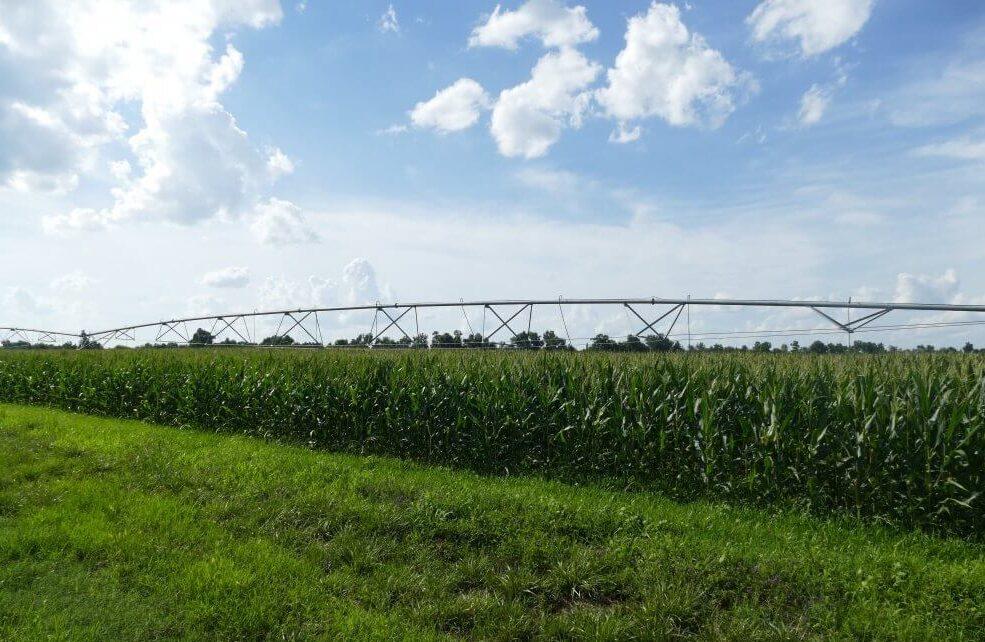
Caption
In recent hearings on the 2023 farm bill, lawmakers in the U.S. House have discussed expanding crop insurance and trying to address the mounting challenges from drought, severe weather and climate change to the legislation. Pictured is a corn field south of Augusta.
Credit: John McCosh/Georgia Recorder




